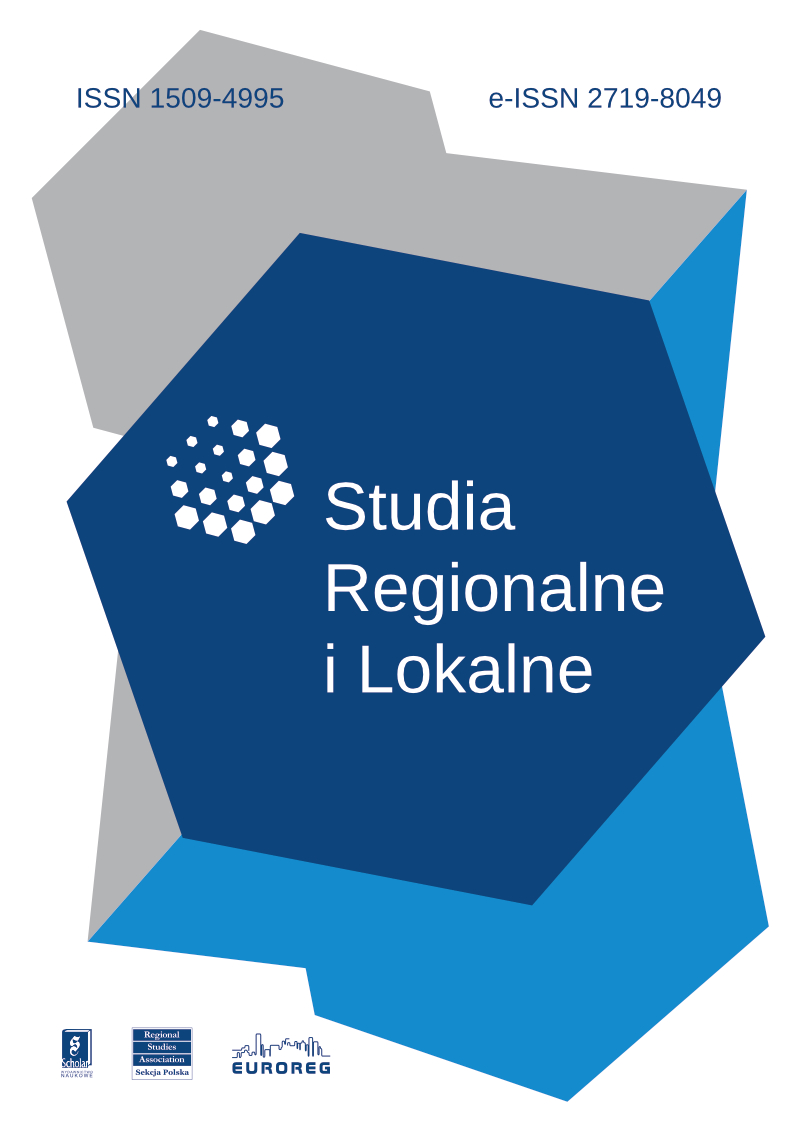Zróżnicowanie zamożności polskich regionów w świetle badań zbieżności sigma
Konwergencja stanowi kluczowe zagadnienie polityki spójności. Żeby zmniejszyć dysproporcje między regionami i krajami Unii Europejskiej, stosuje się różne instrumenty rozwoju. W świetle toczących się dyskusji na temat skuteczności takiej polityki prowadzenie badań jej efektów wydaje się jak najbardziej wskazane. Celem niniejszego artykułu jest ocena zróżnicowania zamożności regionów przy pomocy metody pomiaru zbieżności sigma. Badaniem objęto PKB per capita w latach 2000–2007 na poziomie podregionów (NTS-3). W niektórych grupach regionów po przystąpieniu Polski do UE nasiliła się tendencja rozwarstwiania dochodów. W metropoliach, podregionach o ponadprzeciętnym poziomie dochodów i podregionach niezamożnych zjawiska zbieżności zachodzą inaczej i z różnym natężeniem. W niektórych przypadkach zbieżność jest skorelowana z dynamiką PKB, a w innych nie występuje istotna zależność konwergencji od koniunktury gospodarczej.
Differences of wealth of polish regions in the light of the sigma convergence test
Convergence is one of the key issues of cohesion policy. The European Union applies different instruments of regional development to reduce disparities between regions and countries. Due to the discussion on the effectiveness of this policy, a research in this area seems to be required. The purpose of this article is to assess the diversity of wealth in the regions using the methods of measurement of sigma convergence. The main parameter used in the calculations is GDP per capita in 2000–2007 at the sub-regional level (NUTS-3). The research shows that income inequalities among some groups of Polish regions have increased after the accession to the EU. Convergence patterns vary in cities, rich sub-regions and poor sub-regions. In some cases, convergence is correlated with the dynamics of GDP, whereas in other there is no significant relationship between convergence and the economic situation.



